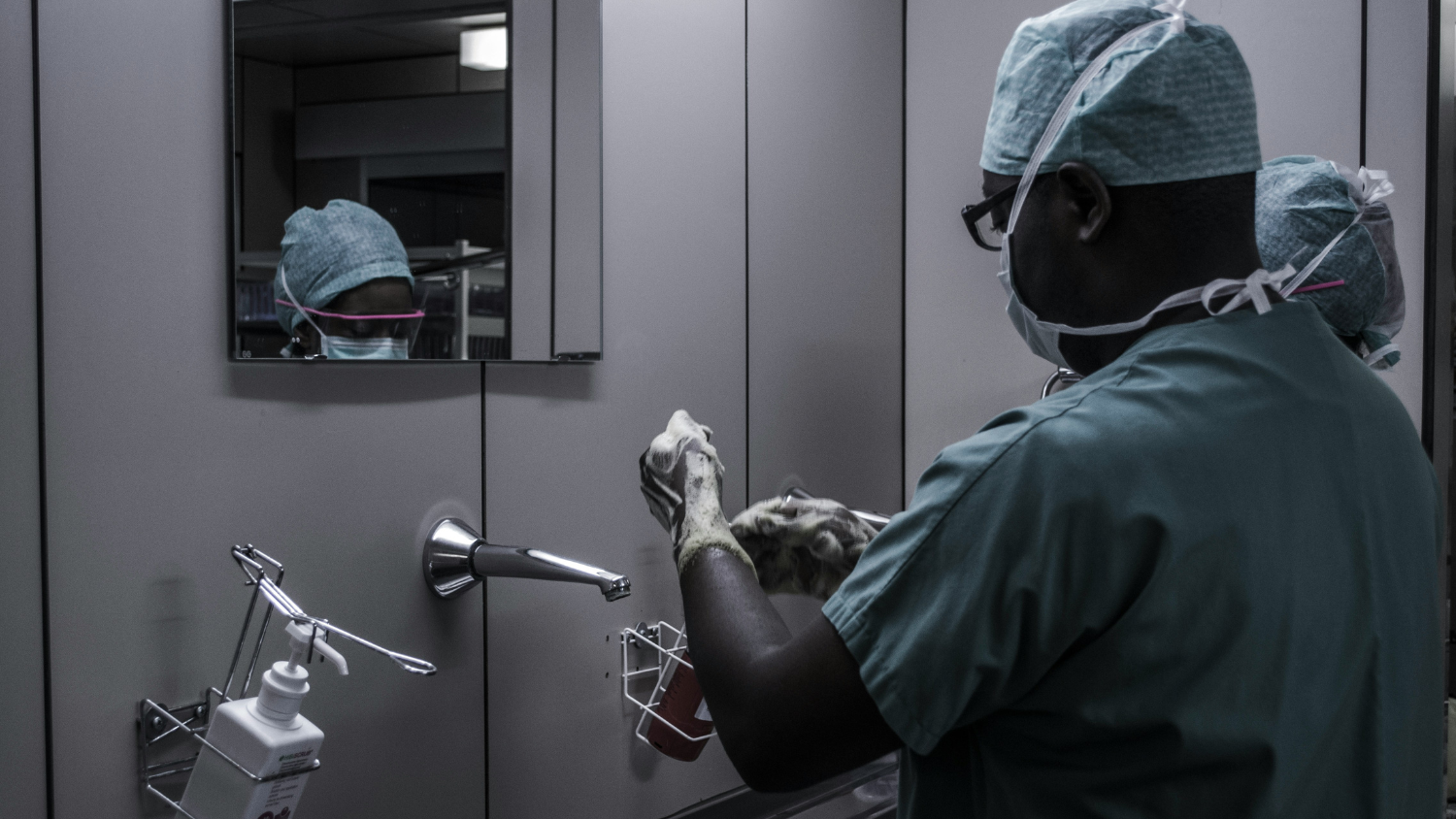How Self-Healing Metals Are Set to Transform Advanced Manufacturing
.png?width=50)
In the race to develop more durable, adaptable materials, one concept is capturing the attention of engineers, scientists, and manufacturers alike: self-healing metals.
At Advent Research Materials, we specialise in providing high-quality materials for cutting-edge R&D across industries, from aerospace to medical technologies. As demand for more resilient materials grows, self-healing metals represent a significant leap in how we think about durability, sustainability, and performance in these critical sectors.
What Are Self-Healing Metals?
Self-healing metals are designed to repair microscopic cracks and defects that form due to stress, wear, or environmental conditions. Over time, these tiny imperfections can grow, eventually leading to catastrophic failures in structures or components. Traditional metals require maintenance or replacement once they begin to deteriorate, but self-healing materials can prevent damage from spreading, thus extending the lifespan of critical parts.
The ability to autonomously heal is achieved through several mechanisms, including:
- Grain Boundary Diffusion: When a metal is stressed, atoms can migrate within the grain boundaries to fill cracks. This process is often accelerated by heat, enabling the metal to "self-repair."
- Nanoparticles and Shape Memory Alloys: Embedding nanoparticles or using alloys like nickel-titanium (Nitinol) allows metals to heal when exposed to heat or specific stimuli, closing cracks and restoring the material’s integrity.
MXenes: The Key to Next-Gen Healing Metals?
One of the most exciting developments in this field involves MXenes—a family of layered metal carbides and nitrides. Known for their outstanding conductivity and mechanical properties, MXenes are already making waves in fields like energy storage. But researchers are now investigating their role in self-healing metal composites.
Combining MXenes with metal matrices could lead to materials that not only exhibit high strength but also the ability to autonomously heal. As industries push the boundaries of what materials can do, the integration of MXenes opens up possibilities for smart materials that actively respond to damage, particularly in sectors like aerospace, energy, and electronics.
Several landmark studies have demonstrated the real-world potential of self-healing materials.
For example, Sloof et al. (2016) used advanced synchrotron X-ray imaging to study crack healing in MAX-phase ceramics, materials that offer repeated crack healing when exposed to high temperatures. While ceramics aren't typically thought of as metals, these layered carbides share properties that make them incredibly durable and resilient. Integrating this knowledge into metallic applications could lead to breakthroughs in industries like aerospace, where material failure is costly and dangerous.
Another study by Zhang et al. (2015) focused on the self-healing of creep damage in iron alloys via gold precipitation. The innovative use of gold nanoparticles demonstrated how precise material engineering can fill voids and restore a material’s mechanical properties after sustained stress. This work highlights how even small changes in composition can make significant differences in a material's longevity—key for sectors like energy production, where metals must withstand extreme conditions over extended periods.
How Self-Healing Metals Will Revolutionise Industry
Self-healing metals are set to disrupt several key industries, including:
Aerospace: In aerospace engineering, materials face extreme pressures, temperatures, and stress. Self-healing metals can help prevent cracks in critical components like turbine blades and structural frames, offering safer, longer-lasting solutions that reduce downtime and maintenance costs.
Energy: Energy infrastructure, particularly in nuclear and renewable energy sectors, demands materials that can withstand harsh environments and constant wear. Self-healing metals can reduce the risk of material failure, extending the life of reactors, turbines, and other vital systems.
Medical Devices: In the highly regulated medical device industry, materials must be flawless and highly durable. Self-healing metals offer the potential for longer-lasting implants and equipment, reducing the need for replacements and lowering the risk of failure during use.
Electronics: As electronic devices continue to shrink and become more complex, even small defects in materials can lead to performance degradation. Self-healing metals could improve the reliability of components like semiconductors, ensuring longer product lifespans and reducing electronic waste.
While the potential of self-healing metals is vast, there are still challenges to overcome. Scaling up the production of self-healing metals for mass use, ensuring that the healing process works at ambient temperatures, and maintaining the mechanical properties of the material post-healing are ongoing areas of research.
Additionally, cost-effectiveness is a significant factor, especially when it comes to integrating expensive nanoparticles into metal alloys.
But the momentum is there. As more industries recognise the potential of self-healing materials, investments in research and development are increasing.
At Advent Research Materials, we see a future where these innovations become mainstream, leading to more resilient, efficient, and adaptable materials for a range of applications.
The evolution of self-healing metals signals a fundamental shift in how we design and utilise materials. By taking inspiration from natural systems and combining it with cutting-edge technology, we are moving closer to materials that can autonomously repair themselves, enhancing performance while reducing waste and environmental impact.
At Advent Research Materials, we remain committed to providing the latest innovations in material science, helping our customers push the boundaries of what’s possible.
As self-healing metals evolve, we are excited to be part of this journey towards a more sustainable, durable future.
